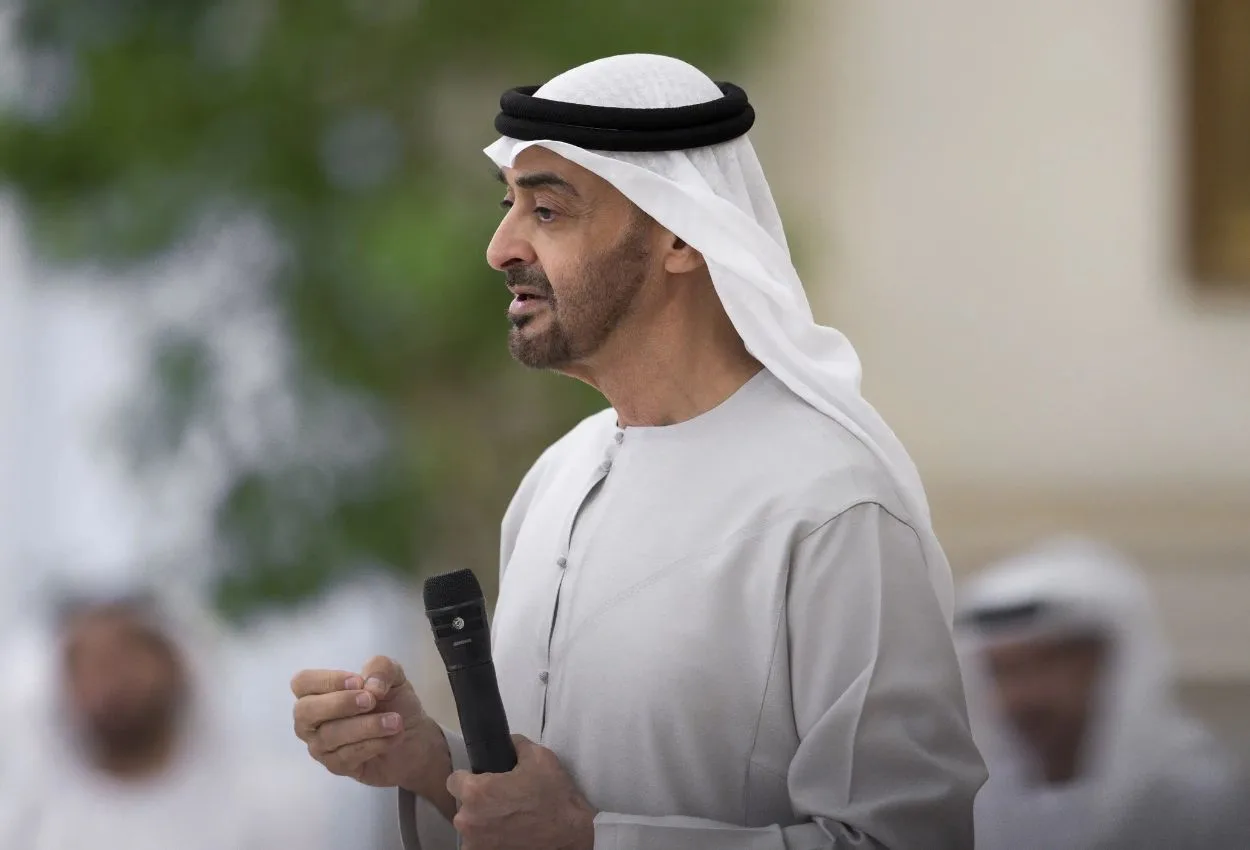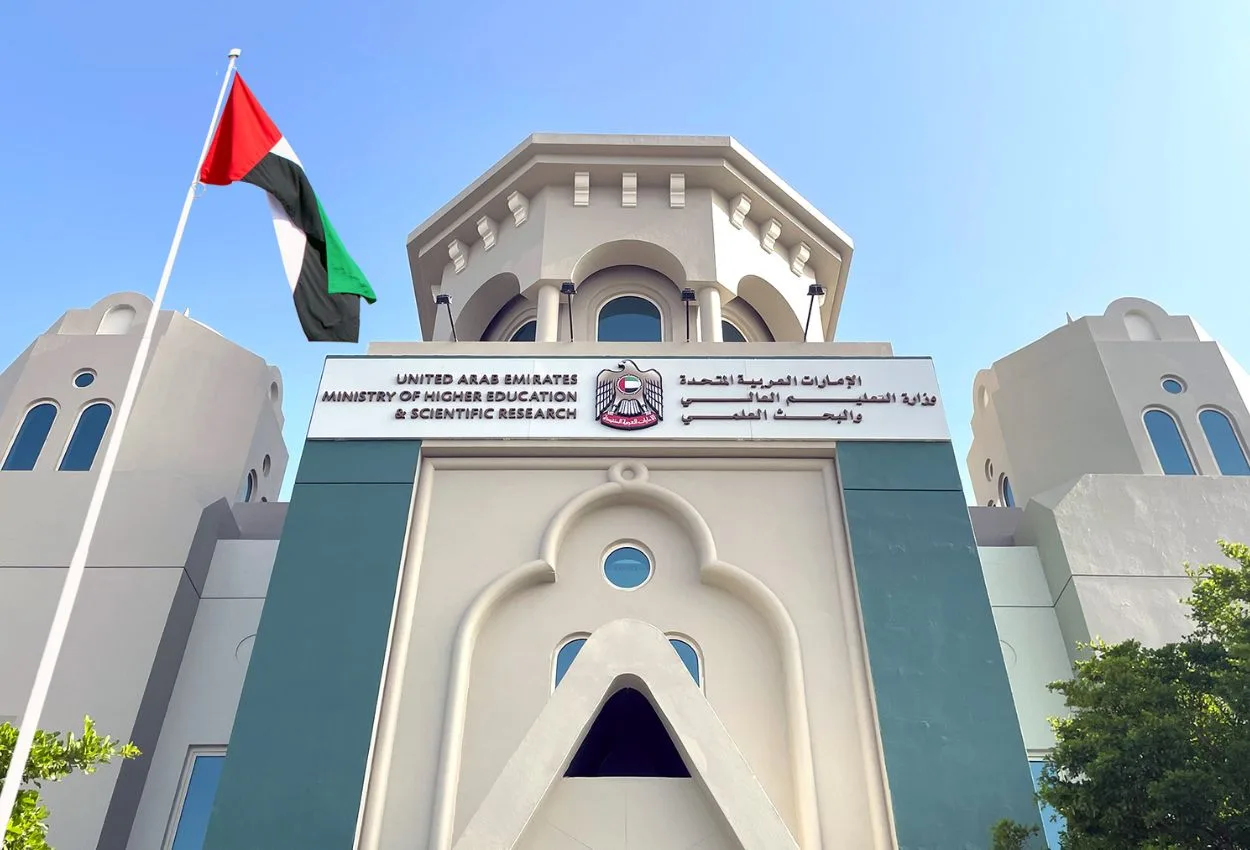UAE President Sheikh Mohamed bin Zayed Al Nahyan has directed an increase in the area of nature reserves in Abu Dhabi to reach 20 per cent of the emirate’s total land area.
The initiative aligns with the IUCN World Conservation Congress 2025 programme and reinforces the UAE’s commitment to leadership in sustainability and environmental preservation.
The Environment Agency – Abu Dhabi will manage the designated reserves, which will cover 4,581 square kilometres. These will be added to the Zayed Protected Areas Network, which includes 13 terrestrial and six marine reserves. The total number of protected areas will rise to 26, spanning 22,821 square kilometres.
Abu Dhabi expands protected areas to 22,821 square kilometres under new directive by Sheikh Mohamed
The announcement coincides with the UAE’s hosting of the IUCN World Conservation Congress for the first time in the region. The event is organised by the Ministry of Climate Change and Environment, the Environment Agency – Abu Dhabi, and the International Union for Conservation of Nature (IUCN), and has taken place from October 9-15, 2025 at ADNEC Centre in Abu Dhabi.
The expansion includes the designation of three terrestrial reserves: Al Wathba Fossil Dunes Reserve, Liwa Groundwater Reservoir Reserve and Ghaf Natural Reserve. It also includes the expansion of the Qasr Al Sarab Reserve, and the establishment of two marine reserves: Abu Al Abyad Marine Reserve and Sir Bani Yas and Desert Islands Marine Reserve. The Ras Ghanada Marine Reserve will be expanded.
“The directives of His Highness Sheikh Mohamed bin Zayed Al Nahyan reflect our wise leadership’s vision for environmental protection and sustainability. This expansion will safeguard biodiversity and ecosystems for future generations and strengthen Abu Dhabi’s global standing as a model for environmental stewardship, continuing the legacy of the late Sheikh Zayed bin Sultan Al Nahyan,” Sheikh Hamdan bin Zayed Al Nahyan, Ruler’s Representative in Al Dhafra Region and Chairman of the Environment Agency – Abu Dhabi Board of Directors said in a statement.
“These directives reaffirm the UAE’s unwavering commitment to biodiversity conservation and protecting wildlife across the emirate. Expanding nature reserves will support innovative programmes for wildlife preservation and ensure the sustainability of our natural environment,” Mohammed Ahmed Al Bowardi, Vice Chairman of the Environment Agency – Abu Dhabi added.
UAE commits to 30×30 biodiversity goals with Abu Dhabi nature reserve expansion
“This marks a transformative milestone in Abu Dhabi’s environmental journey and reflects the UAE’s dedication to achieving the Global Biodiversity Framework 2030 goals, including the 30×30 initiative. It reinforces the leadership’s vision of balancing sustainable development with natural heritage conservation, positioning Abu Dhabi as a global model in environmental action,” Dr. Shaikha Salem Al Dhaheri, Secretary General of the Environment Agency – Abu Dhabi explained.
The Environment Agency – Abu Dhabi affirmed that this decision supports the National Biodiversity Strategy 2031, which presents a vision for nature conservation and climate action.
The strategy focuses on six pillars, including the protection and monitoring of biodiversity areas, the rehabilitation of degraded terrestrial and marine ecosystems, and minimising the impact of climate change and disaster risks on biodiversity while enhancing its resilience.




